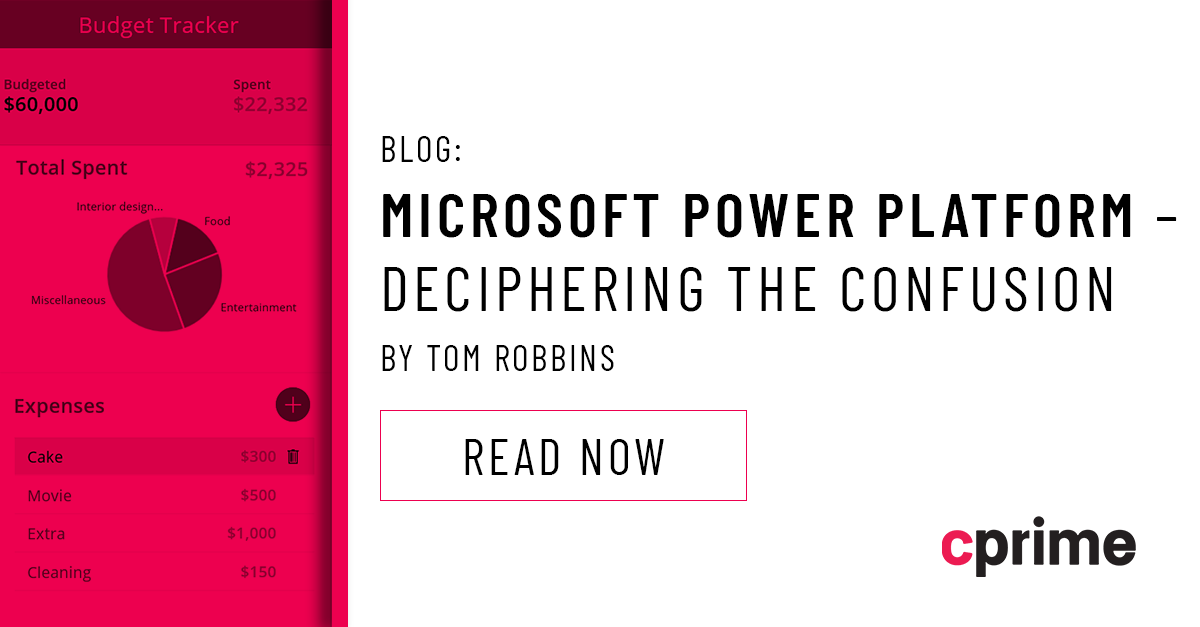Why I Hate SharePoint – Part 1
SharePoint is not inherent! It’s confusing.
In this first blog post in a series titled “Why I Hate SharePoint,” we will look at some of the top reasons people say that they “Hate” the SharePoint platform. As is often the case when it comes to technology, many of these perceptions come out of either a misunderstanding of the purpose of the technology, a lack of training on how to use and implement the product, and more often than not, a lack of clear leadership and guidance on where the technology fits into the day-to-day work being performed by an information worker. There are good arguments on both sides, but as a SharePoint/Office 365 Subject Matter Expert and someone committed to the technology, I will attempt the pull you towards the positive aspects and benefits of the platform.
So, is SharePoint inherent? There are designers, administrators, and architects. But for this discussion let’s look at it from the users point of view. It’s as inherent as the cockpit of an airplane would be to someone that has never been in the cockpit before or someone who is not a pilot. Everything looks foreign. There are so many buttons and dials and gauges that one cannot begin to make heads or tails of what to do first. The best you can do is sit there and wonder how anyone could ever begin to fly one of these strange looking machines. You may well understand that the purpose of an airplane is to get from point A to point B and maybe even enjoy some scenery along the way. You may well even have an end goal of having a lifelong career as the pilot of a commercial airliner. But the bottom line is, the first time you sit in the cockpit you really have no idea what to do first.
SharePoint is very similar in that it has many controls, options, menus, buttons, features, and functions. It can be implemented in so many different ways that it’s likely a challenge to even know what you’re supposed to do with it.
So, much like the airplane analogy, how do you know what to do first?
Let’s start with a definition of What SharePoint Is? By definition, SharePoint is a platform that allows you to integrate many different technologies to “assemble” a toolset that empowers information workers and facilitates team engagement. SharePoint is web-based and is built on many different Microsoft technologies. With SharePoint you can implement corporate intranet web sites, specialized team collaboration sites, feature-rich Project management sites, external customer facing internet sites, and so forth. The sky is the limit as to what can be built using the platform.
It sounds like SharePoint can really be used to build any type of collaboration web site for any type of audience. This is true, and herein lies the confusion. Ease of use and understanding of how these sites are used really comes down to how it is designed. Basically, out-of-the-box, SharePoint doesn’t do much. It’s like a blank Excel spreadsheet. There is nothing there but the capability to build powerful spreadsheets. Same goes for Word. You can write novels with Word, but when you open a blank page, there is nothing there yet. So, the simplicity or complexity of SharePoint comes down to how it was designed and implemented. Your team could simply go with an out-of-the-box (OOTB) template from Microsoft to get you started or they could have a team of people build complex web sites. The OOTB templates don’t do much, so they are self-explanatory for the most part. But a complex intranet may require some training and guidance to understand.
So, whether SharePoint is inherent or not comes down to how well you understand how and why it was designed. In the beginning Microsoft didn’t put much effort into making it look valuable when it was first installed. It didn’t really give you more than a blank page. And, although Microsoft with Office 365 SharePoint Online has put much more effort into the look and feel OOTB, your company still must know what the goal of SharePoint is. You’ve heard of Governance. Governance of SharePoint is so important. You must plan for it to be inherent and for it not to confuse users by bringing the users to the table to plan out how it will be developed and implemented.
Ok, for now let’s just say that since you and your team are the architects of SharePoint, then it’s up to you to make it inherent. It’s a blank canvas and you have all the paint and brushes. And NO, you cannot get away without the planning part.
Let’s dive deeper into this in my next Blog post in this series where we will discuss the next reason people often say they “hate” SharePoint – “There is an excessive learning curve for SharePoint”…


